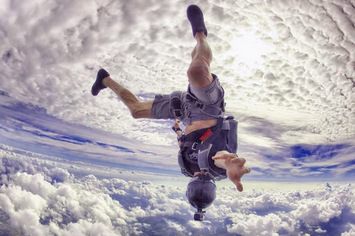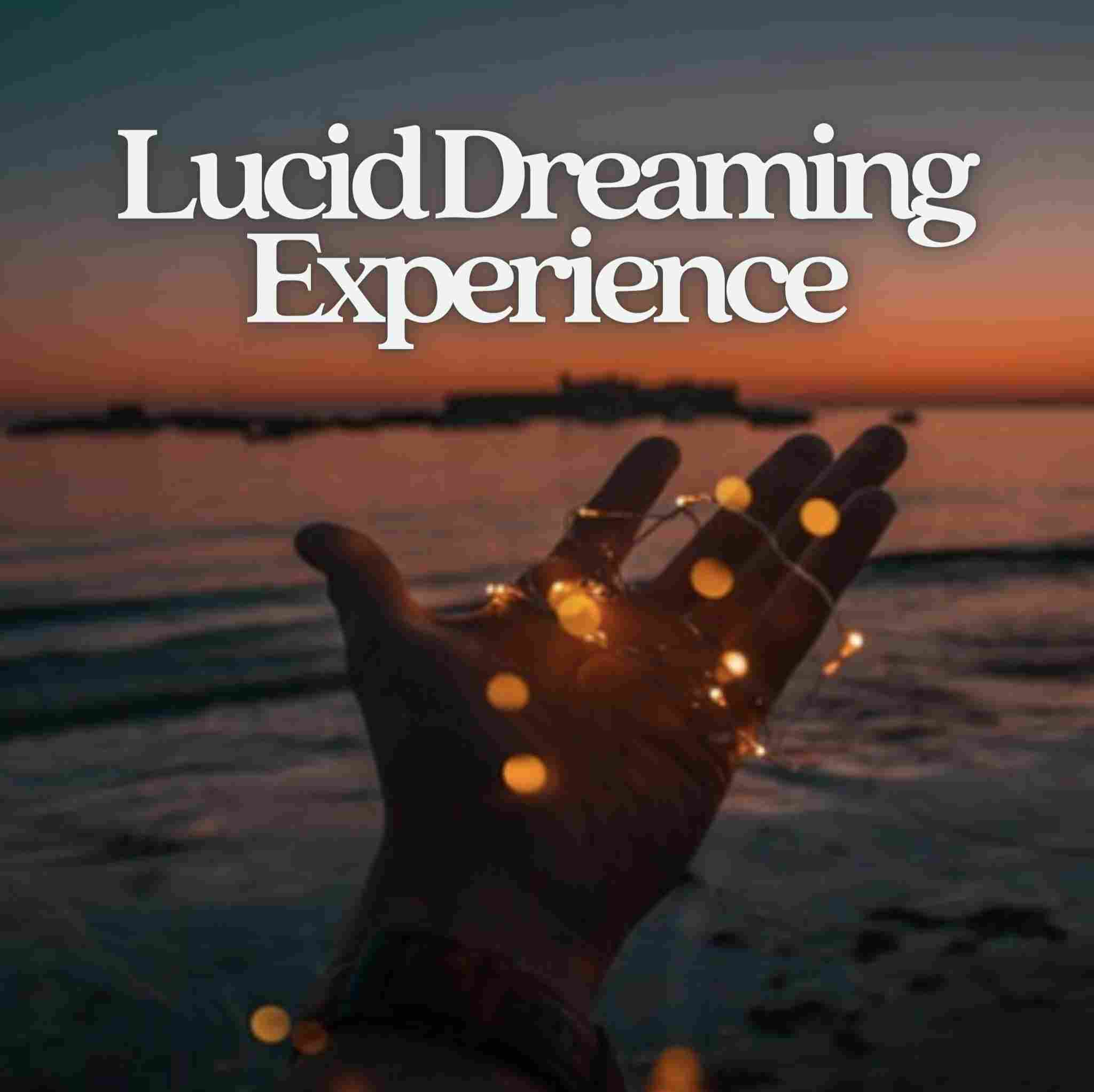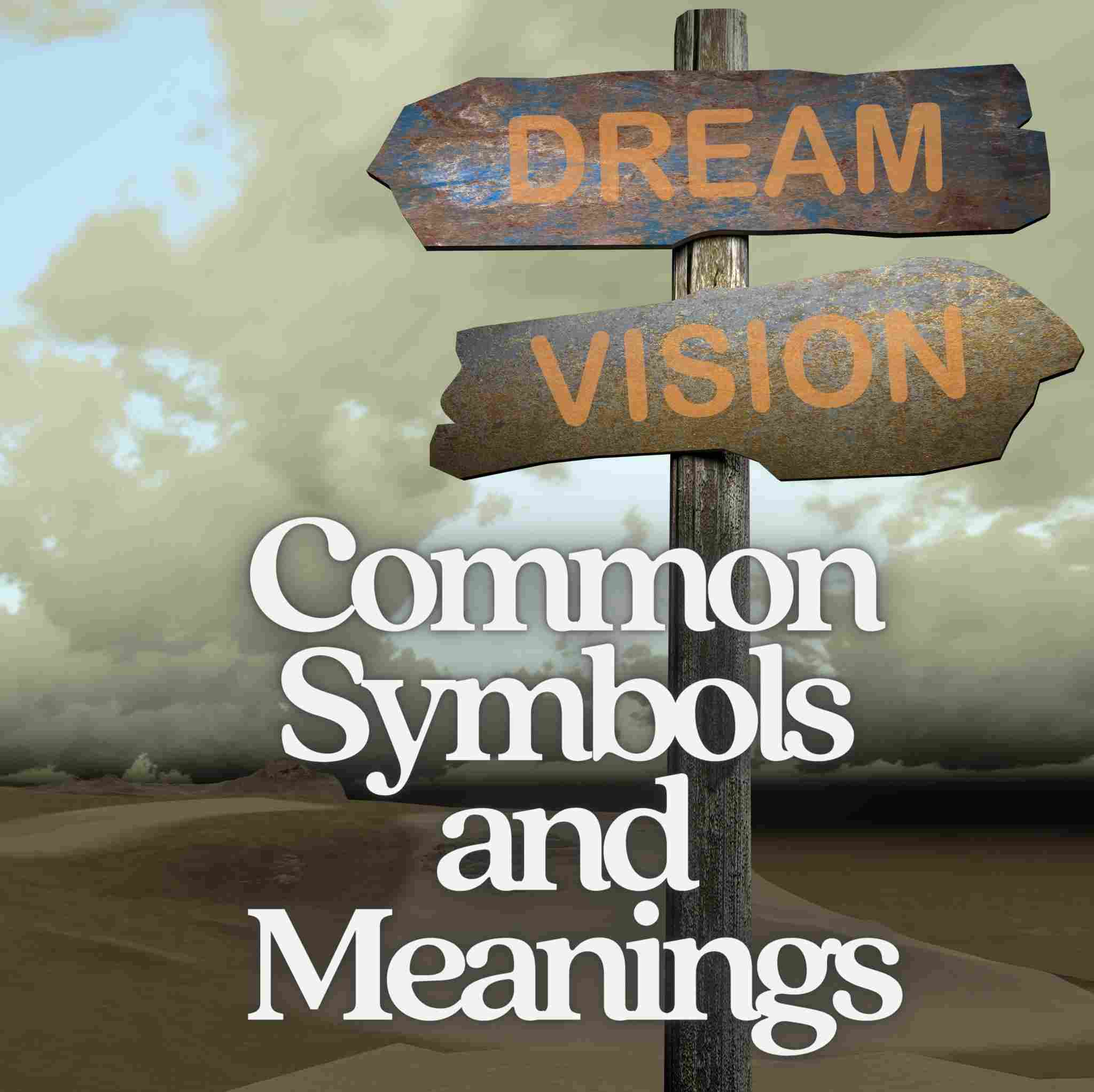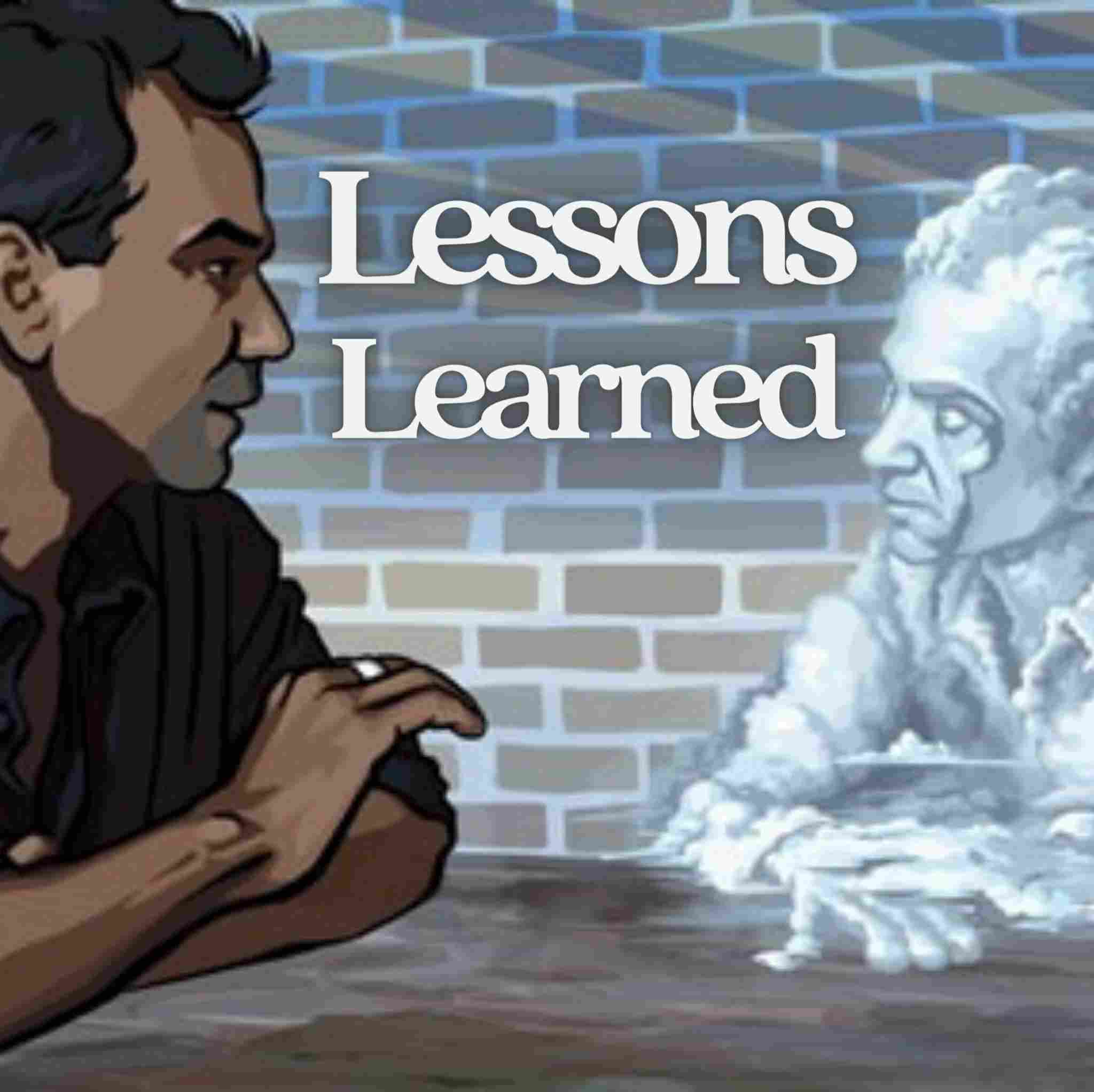How Do You See Hypnagogic Imagery?
I have tried many times in the last couple of weeks to get myself into a lucid dream using the WILD technique, and I find my body relaxing like it is supposed to (a heavy feeling in the limbs, some twitches and tingly sensations, and I find it hard to move), which makes me think that my body is falling asleep.
It says that after 5-10 minutes of relaxing (I am letting my mind relax too) you should begin to see hypnagogic imagery, but I never can... After a while my left eyelid starts to twitch and so I try to relax it more, but it start fluttering open... what am I doing wrong? What can I do to make this stop and to start seeing the imagery to get further along?

Rebecca says: Try setting your alarm clock for an hour or two earlier than usual, then go back to sleep immediately. If you were dreaming when your alarm went off (which is very likely at that time in your sleep cycle) then you will almost certainly go back into a dream state. I find I can enter a lucid dream like this very easily now. All it takes is to let my body stay deeply relaxed from sleep and focus my mind on observing the dream imagery. I say "lucid dream" to myself as I fall back to sleep and concentrate on what I want to happen next. The hypnagogic imagery at this stage is intense as I slip into the dream. For more info, read this article on hypnagogic imagery.
















